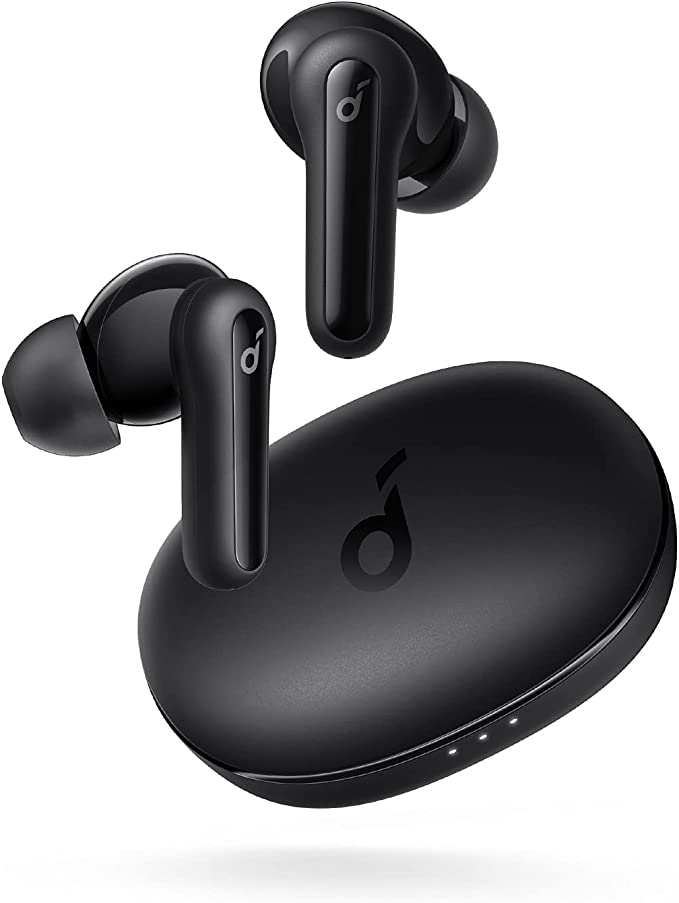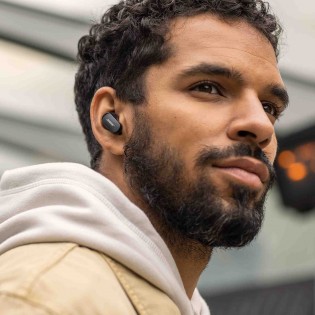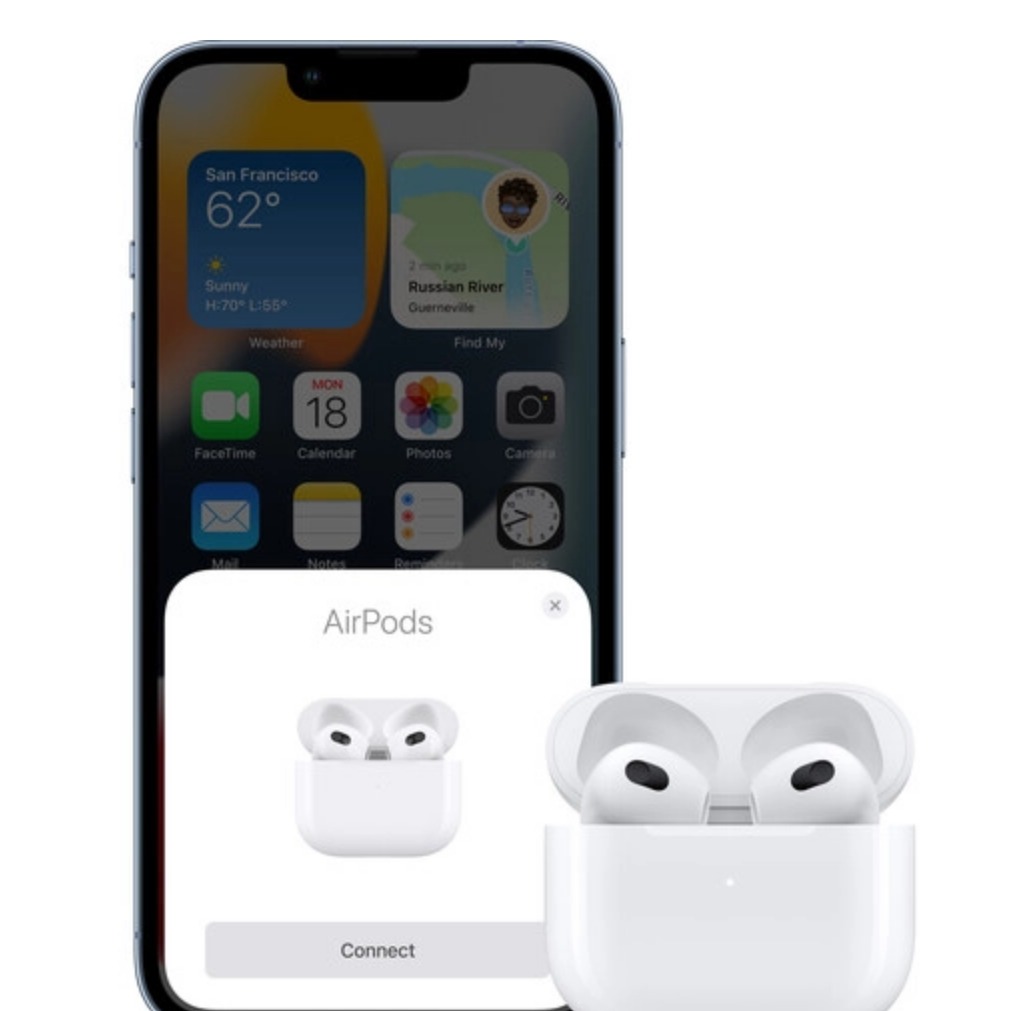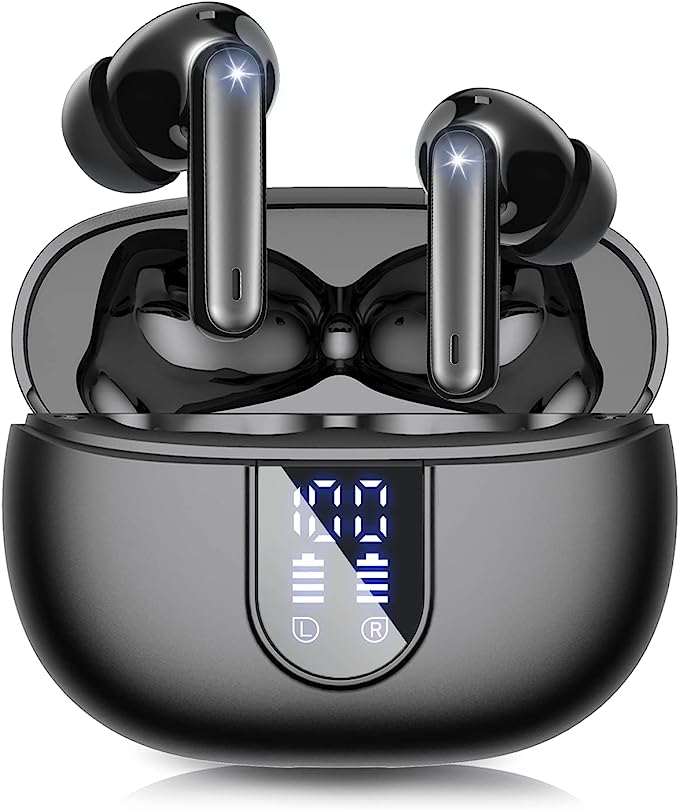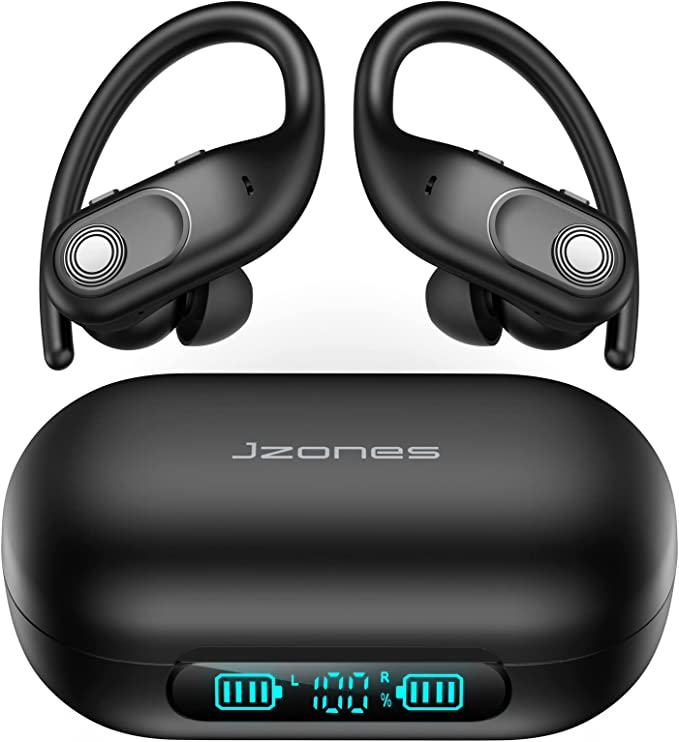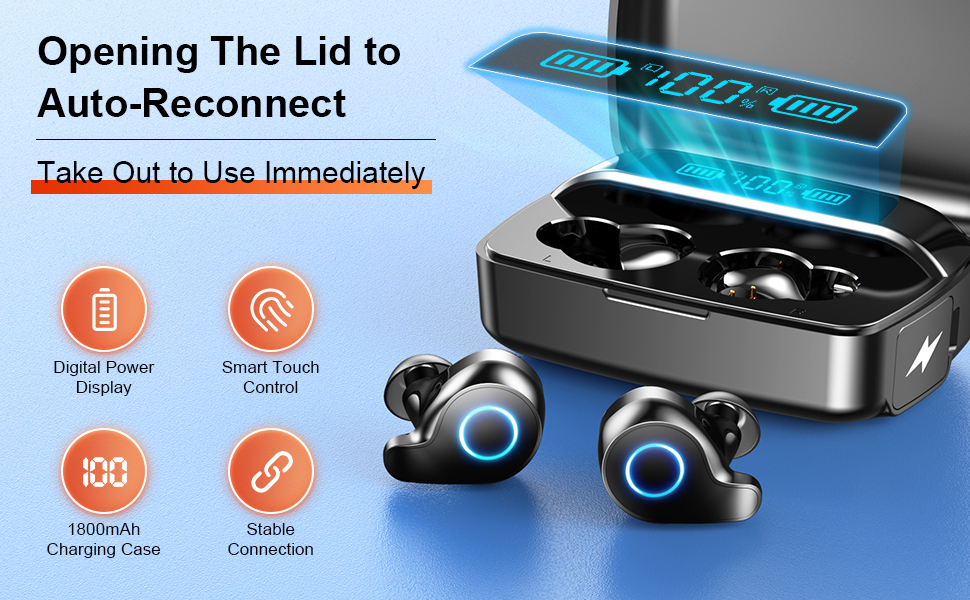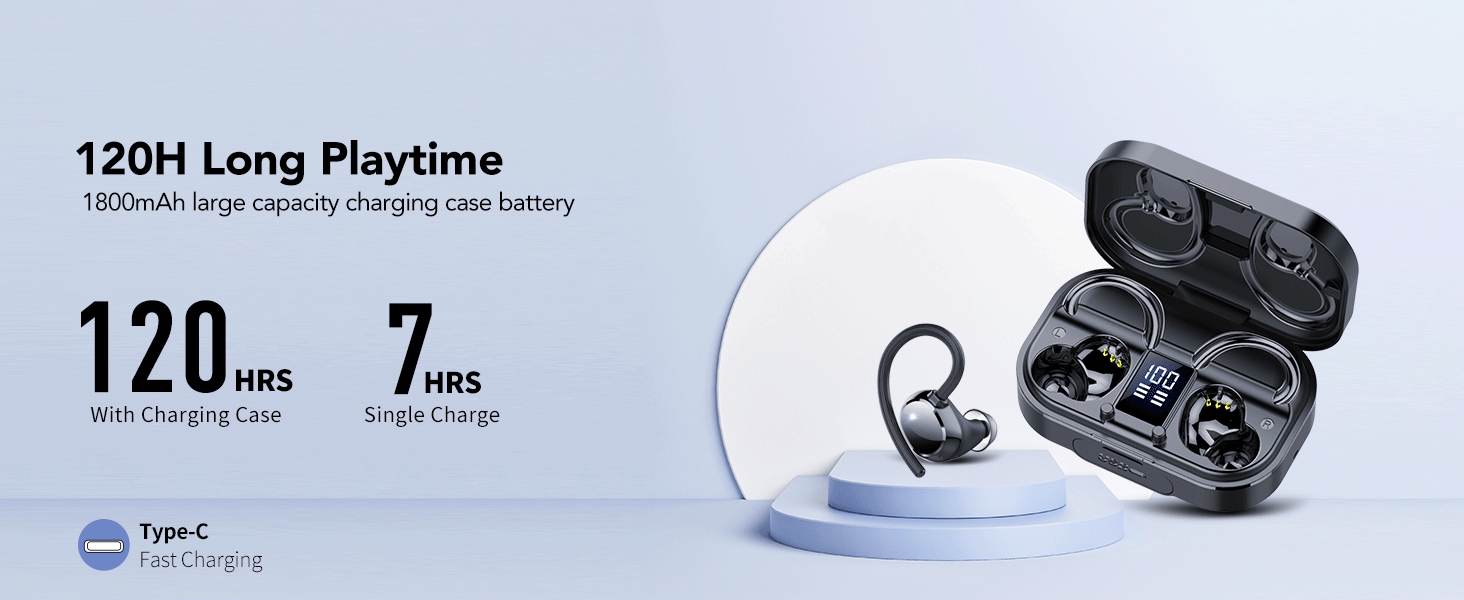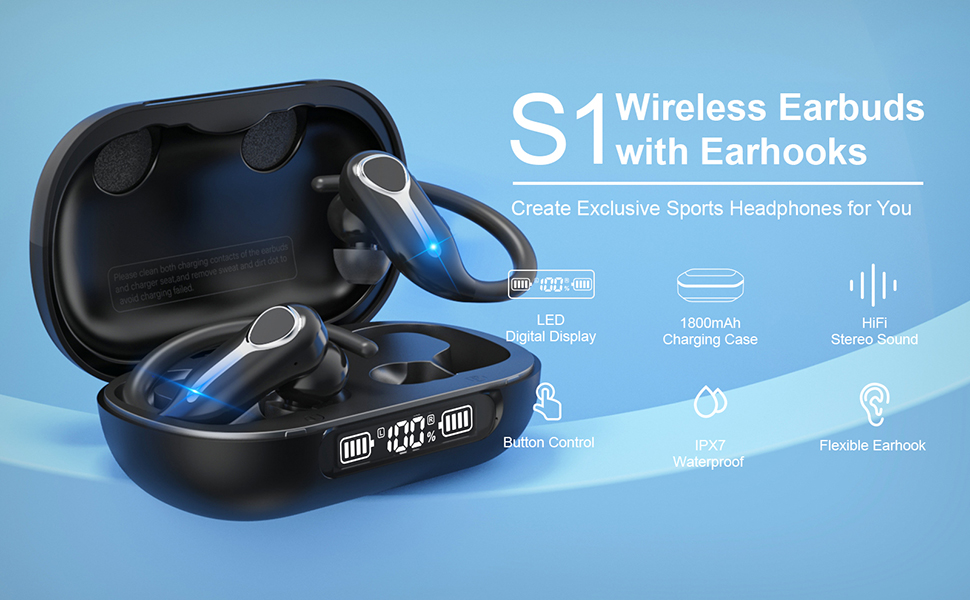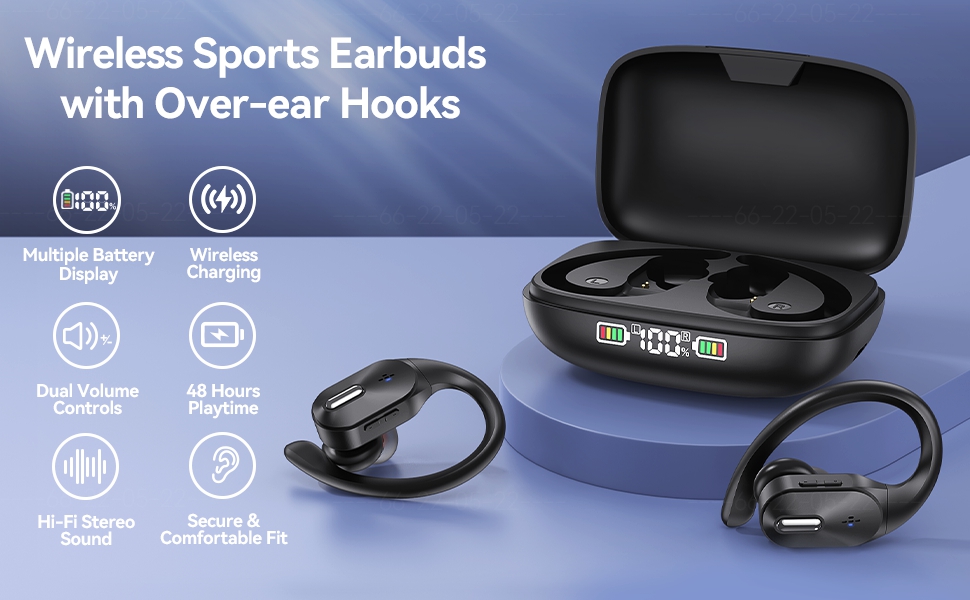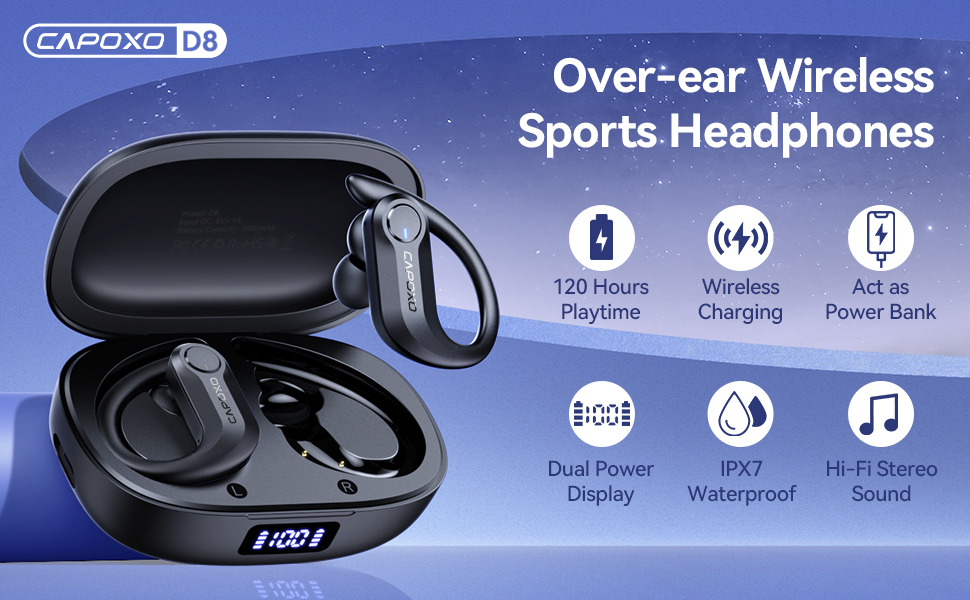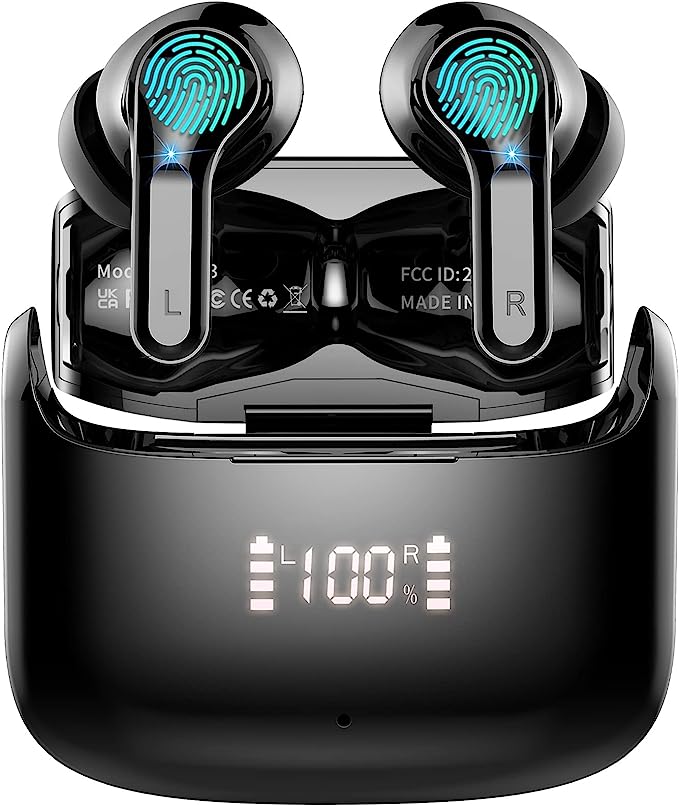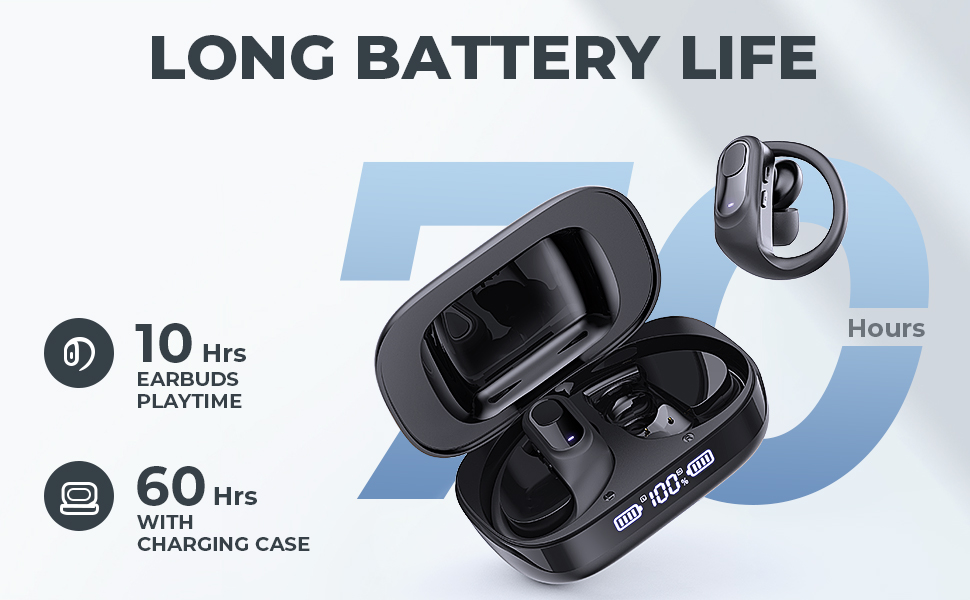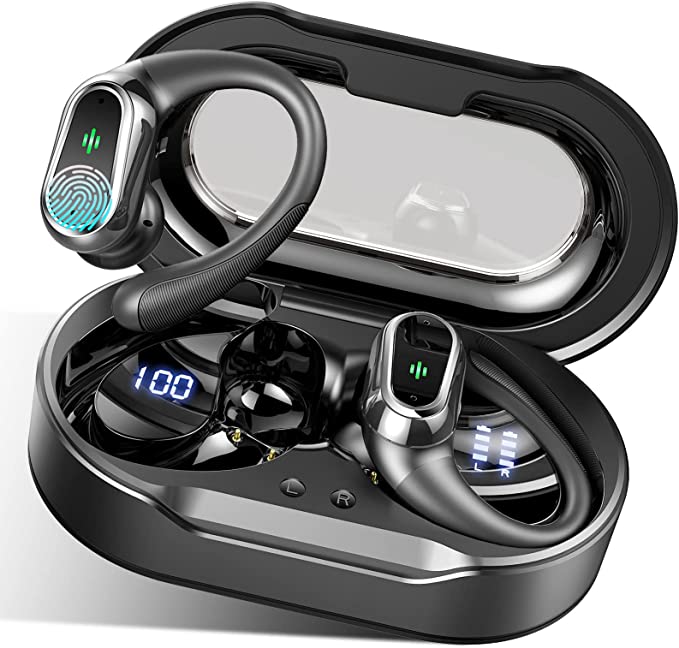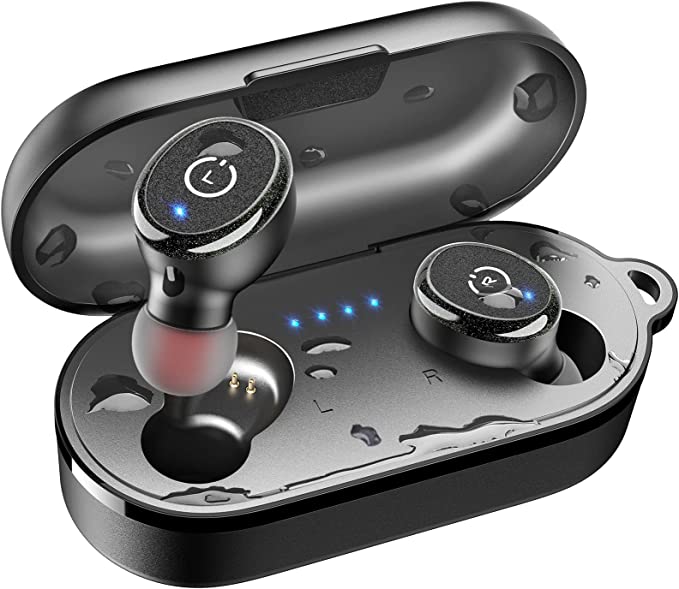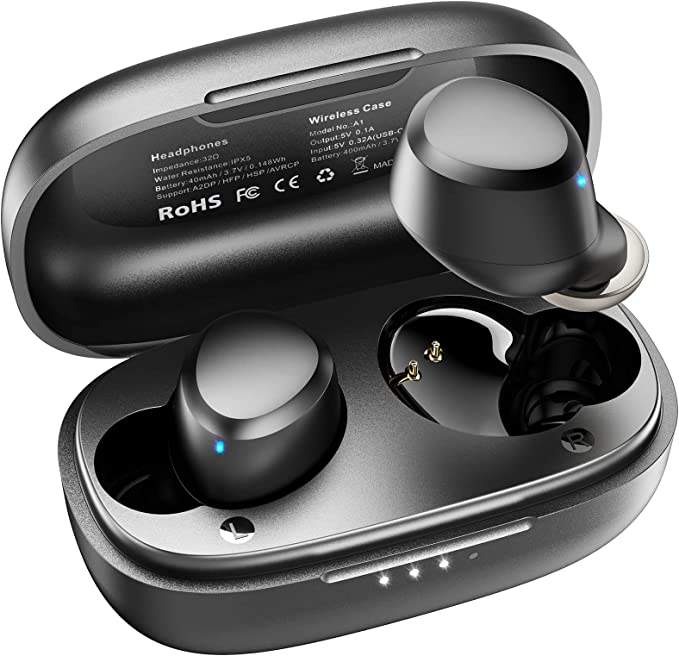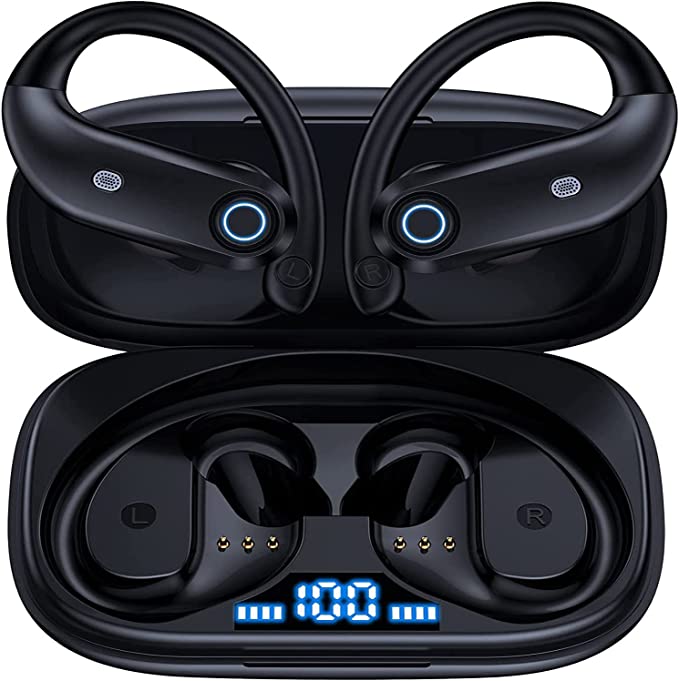The Unheard Revolution: How Wireless Earbuds Learned to Disappear
Update on July 4, 2025, 12:58 p.m.
There’s a memory many of us share, a tactile ghost from a not-so-distant past. It’s the feeling of a headphone cord snagging on a doorknob, violently yanking an earbud from your ear and sending your Walkman or Discman clattering to the pavement. It’s the ritual of untangling a bird’s nest of wires pulled from a backpack, a frustrating five-minute tax on the simple desire to listen to music. We were tethered, and we dreamed of being free. That freedom, when it first arrived, was a revelation. But it was also awkward.

The First Taste of Freedom, and Its Awkward Dance
The advent of Bluetooth technology in the late 1990s, born from a collaboration at Ericsson in Sweden, was a promise of liberation. Named after a 10th-century Viking king who united warring tribes, its mission was to unite our disparate devices. And it did. But the first taste of wireless audio was clumsy. We traded the tyranny of the cord for a new, invisible frustration: the Pairing Dance.
You know the steps. Turn on the earbuds. Make them “discoverable.” Open your phone’s settings. Wait for a cryptic model number to appear in a list. Tap to connect. Hope it works. If you wanted to switch to your laptop, you’d often have to perform the entire dance again. It was freedom, but a freedom that constantly reminded you of its technical complexity. Engineers tried to improve the experience with more robust standards, like Class 1 Bluetooth, which offered a stronger signal over a greater distance—theoretically up to 100 meters in ideal conditions, compared to the 10-meter range of its common Class 2 sibling. This reduced dropouts, but it didn’t fix the clumsy initial handshake. The dance continued.

The Silent Handshake: A Chip That Changed the Conversation
The real leap forward wasn’t just an improvement; it was a philosophical shift. It came in the form of specialized hardware, like the Apple W1 Chip found inside devices like the Beats Flex. This chip didn’t just speak the language of Bluetooth; it spoke the language of the ecosystem. It effectively replaced the awkward, multi-step Pairing Dance with a single, Silent Handshake.
Here’s how it changed the conversation: Instead of treating every connection as a new introduction, the W1 chip uses your existing identity within the Apple ecosystem (your iCloud account) as a universal passport. Pair the earbuds once with your iPhone, and they are instantly introduced to your iPad, your MacBook, and your Watch. Switching between them is no longer a dance, but a simple selection from a menu. It’s a profound change. The technology stopped demanding that you understand its process and instead started to understand yours. It was the first major step in making wireless audio truly effortless.
When Your Earbuds Learn to Listen to You
Once the connection became seamless, the next frontier was making the interaction just as intuitive. Consider the simple, yet brilliant, feature of magnetic earbuds that pause music when they are clipped together. This is more than a convenience; it’s a silent conversation between you and your technology. The earbuds observe a natural human gesture—taking them out and letting them rest around your neck—and correctly interpret your intention.
The science behind this is a beautiful piece of physics known as the Hall Effect. Imagine a tiny sensor in one earbud that acts like a pressure plate in a river of electricity. When a magnet from the other earbud comes close, its magnetic field pushes the flowing electrons to one side of the river. This creates a measurable voltage difference, a tiny electrical signal that says, “Pause.” When the magnet moves away, the river flows normally again, signaling “Play.” It’s an incredibly reliable and low-power mechanism that allows the device to respond to you without you ever having to press a button. It’s technology learning to be polite, to wait for you.

More Than Just Hearing: The Physics of Feeling the Music
But what good is a seamless connection if the sound itself feels thin and distant? One of the most common complaints about earbuds has always been a lack of rich, deep bass. As some users discover, the solution often has less to do with the electronics and more to do with a snug fit. This isn’t just about comfort; it’s about creating your own personal acoustic chamber.
Your ear perceives low-frequency sound waves (bass) not just as sound, but as a subtle change in air pressure. For an earbud’s tiny driver to create this pressure effectively, it needs to form a tight seal in your ear canal. Without that seal, the low-frequency energy escapes, and the bass sounds weak or non-existent. This is a fundamental concept in psychoacoustics, the study of how we psychologically perceive sound. By providing multiple eartip sizes, manufacturers aren’t just selling comfort; they are giving you the tools to create the proper physical environment for high-fidelity audio. It’s an acknowledgment that the listening experience is a partnership between the device and your own unique anatomy.

The Unseen Engine of Freedom
Underpinning this entire invisible revolution—the constant, stable connection, the intelligent pausing, the all-day power for hours of listening—is the quiet hero of all modern mobile technology: the lithium-ion battery. The ability to pack so much energy into such a small, lightweight package is a marvel of modern chemistry. It’s the unseen engine that powers our untethered lives, reliably serving up the energy needed for every seamless handshake and silent conversation our devices have on our behalf.
The Best Technology is the One You Forget
The journey of personal audio has been a relentless march away from conscious effort. We went from untangling physical wires to navigating clumsy digital menus, and finally, to a state where things just… work. The goal of a truly mature technology, as exemplified in the thoughtful systems within a modern device like the Beats Flex, is not to dazzle you with its presence. It is to achieve a state of such reliability and intuition that it disappears into the background of your life. It becomes an extension of your intent, a silent facilitator of your experience. The ultimate revolution, it turns out, wasn’t unheard. It was simply the moment the technology became so good that we finally stopped hearing it, and were left with only the music.

